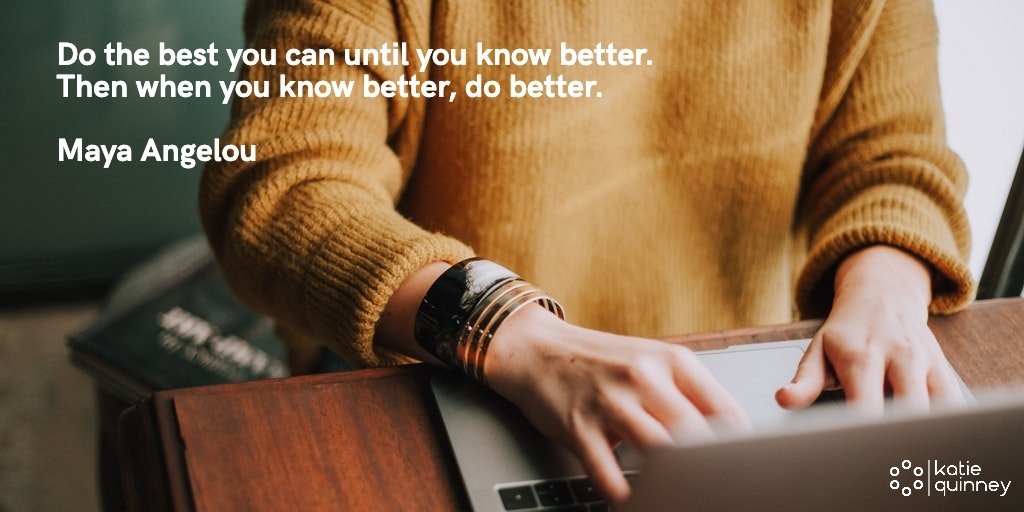Elevate Your Impact: Public Speaking Tips for Healthcare Leaders
Yes, public speaking is well near the top of fears we have, yet as a leader, in healthcare, you will be expected to speak in public, give presentations and share information with teams from a small group to a large room full. How you express yourself in public will impact how you get your message across, engage those you are talking to and generate any action or change you are wanting.
After a recent prompt from someone I was working with, I knew I’d done some work on this topic and yes, a No Jedi email from 2018 came out of the archive. I’ve added some new resources and here for you is a grand collection of what you need to know about presenting with confidence.
I've shared many a TED talk with you and the TED brand is often seen as a beacon for what good public speaking is and what it can do. Chris Anderson writes in the article the skill you need now: presentation literacy about the key skills for giving presentations and reflects on a short speech he gave in 2001 when he had just taken over the leadership of TED. Looking back he writes that he would have changed many things. His article has many examples of people and the stories they have told. This paragraph for me is the key to all public speaking:
"Your goal is not to be Winston Churchill or Nelson Mandela. It’s to be you. If you’re a scientist, be a scientist; don’t try to be an activist. If you’re an artist, be an artist; don’t try to be an academic. If you’re just an ordinary person, don’t try to fake some big intellectual style; just be you. You don’t have to raise a crowd to its feet with a thunderous oration. Conversational sharing can work just as well. In fact, for most audiences, it’s a lot better."
This course on storytelling gave me a framework that I now use for any public speaking.
Audience - Goal - Benefit.
Firstly think about your audience, who are they, what do you know about them, and what do they know about you? Then what is your goal for talking to them, what's the purpose of the presentation? Are you sharing information, driving a change? Understanding why you are there will ground what you want to say and how you say it. Then lastly think about the benefit. What do you want the audience to walk away knowing or doing? Plus what is the benefit for you? What do you want to gain from the presentation?
I recently gave a short presentation to a group and for some reason, I didn't follow this pattern, when I reflected on how I thought I did, I knew I could have done better. My mind had been distracted and I hadn't thought through what I wanted the audience to walk away feeling after I spoke.
A checklist of some sort can help you prepare and be as ready as you can be. Here is one example and on my Pinterest page there are several others along with tips and guidance.
Of course, there is a TED playlist for public speaking and these 9 talks are a great source of information and inspiration. Chris Anderson gives you the TED secrets to great public speaking.
So you are prepared, you know your topic and why you are there and what you want your audience to take away. Now you need some practical tips to wrap this all together.
The 10 tips here discuss your posture, your pace and what to do if you forget what you want to say next. I can’t stress enough the importance of practice, practice a lot and practice out loud. For more videos to get your head around presentations, here is a specifically designed playlist for you, with the best of what I’ve found so far. And here, is a great article with a different perspective on common advice for public speaking.
Recently I was delighted to be introduced to this man, DK, who has taken my presentation skills up to another level - and given me more awareness and tips for a good presentation. His TEDx talk is well worth a listen - I promise, even if you give a lot of presentations you’ll learn something.
Now, I haven't mentioned slides or PowerPoint. I remember way back giving teaching sessions and presentations using an overhead projector and those shiny sheets you had to print onto. So when PowerPoint came along - I was an early adaptor. Now I rarely use it and I certainly don't start any preparation for a presentation or talk by opening up PowerPoint. It can be a useful tool and I do use it to avoid printing lots of paper. This hysterical short video points out the mistakes that can occur when using Powerpoint - it will change your next presentation for sure.
Presentation and public speaking skills are an essential part of your role as a leader in healthcare and ones that come from practice, courage and asking for feedback to help you improve. I'll finish with another quote from Chris Anderson.
“Presentation literacy isn’t an optional extra for the few. It’s a core skill for the twenty-first century. It’s the most impactful way to share who you are and what you care about.”
When you’re in the weeds of your presentation, your project your talking about to a large team or boss it’s easy to lose track of things and how you’re sounding. If you’re working on a presentation or a meeting where you need to deliver well, why don’t you get some help. Book a time to talk about what you’re working on and get some ideas, tips and perspective.


